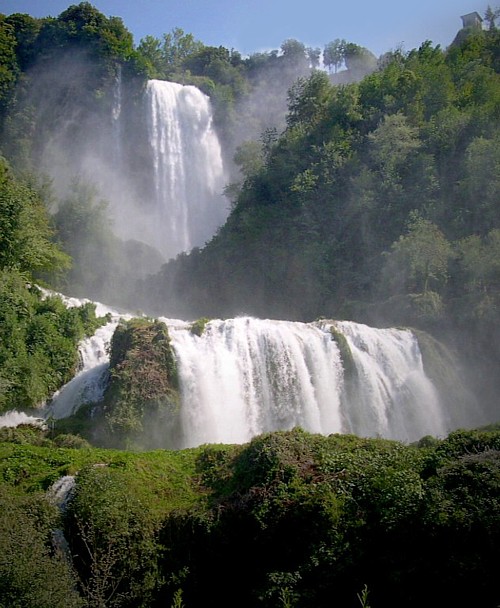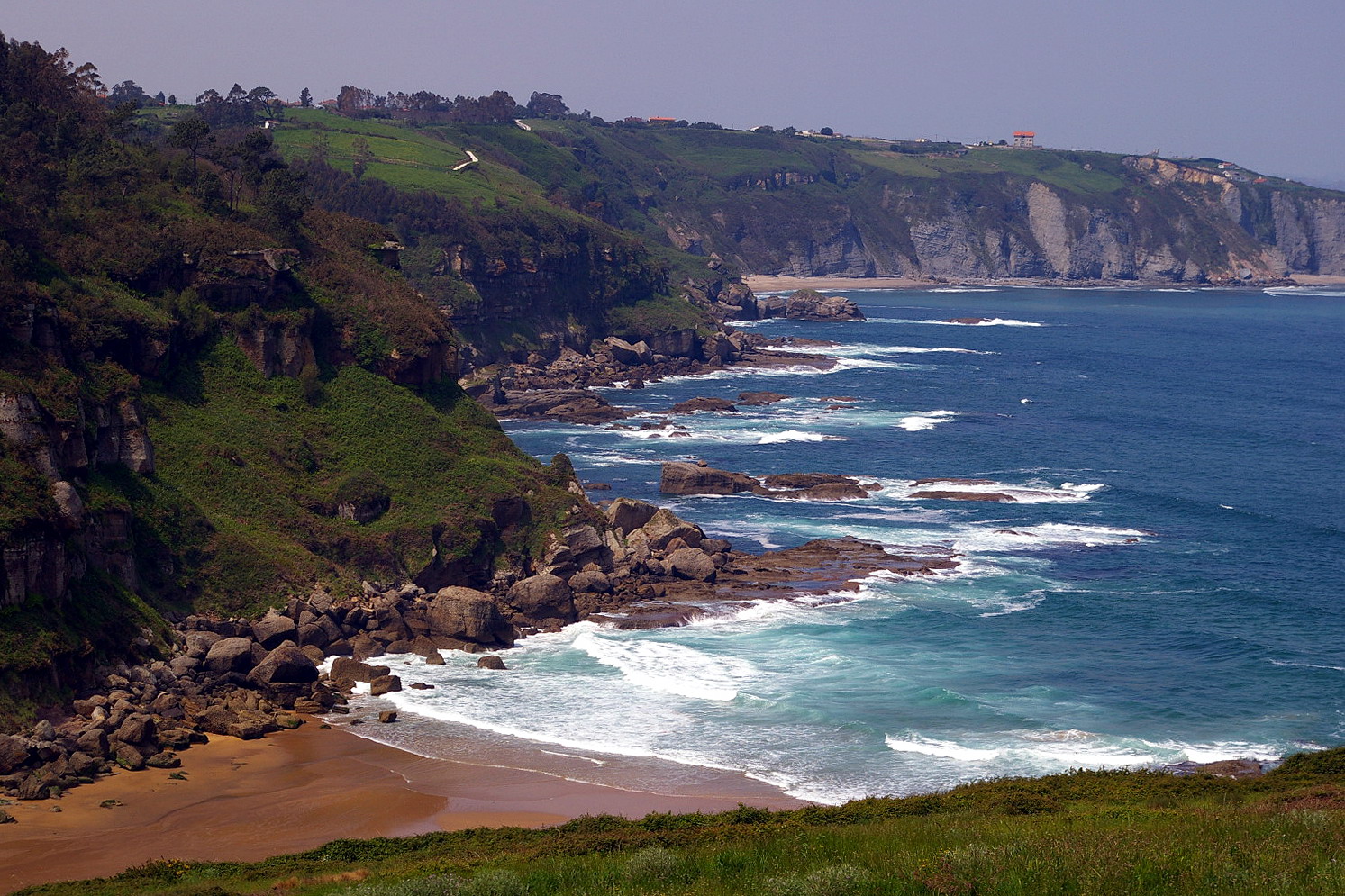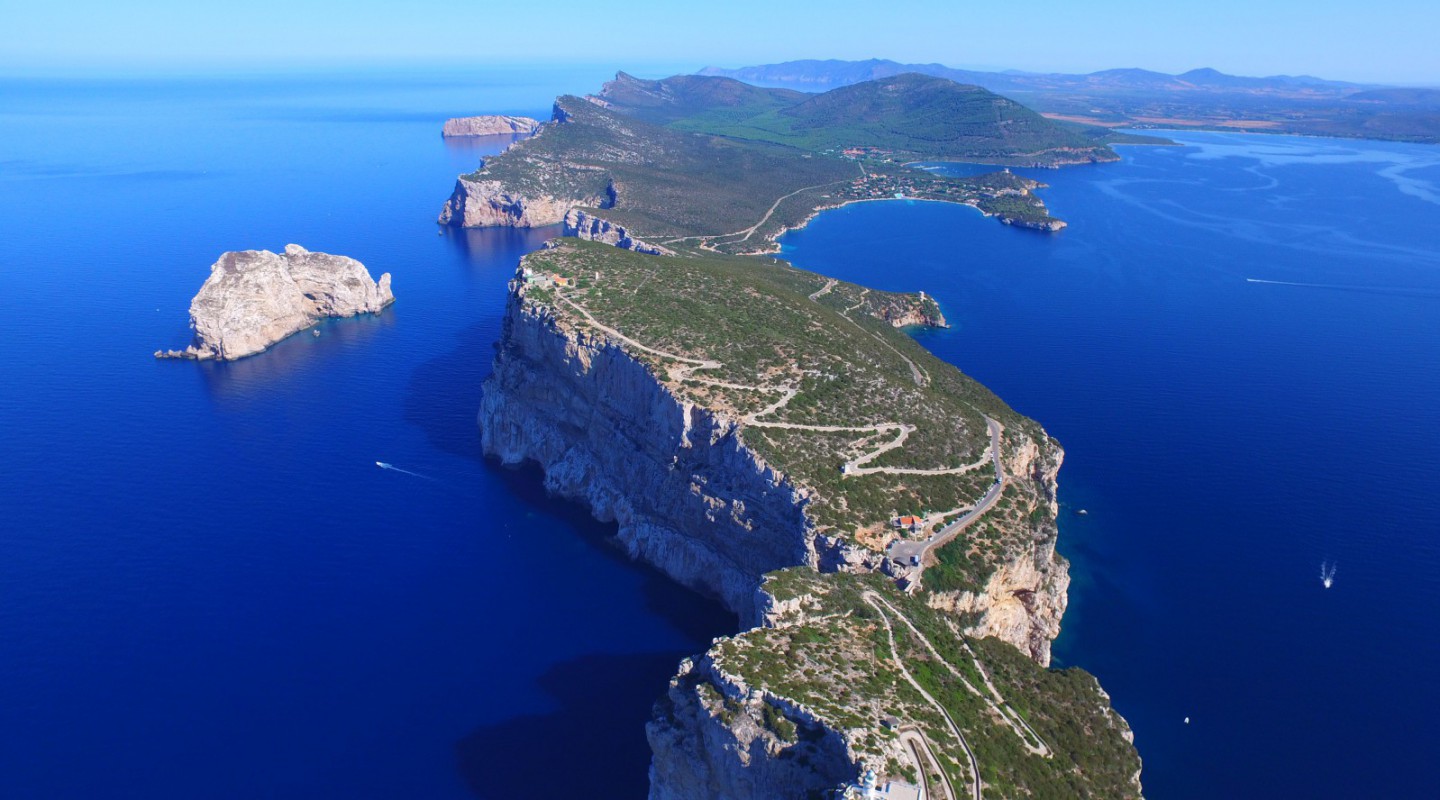The Marmore Waterfall is an artificial work of hydraulic arrangement due to the Romans; the Velino River, in fact, widened in the years before 290 B.C. into a vast area of stagnant, swampy, unhealthy waters. For the purpose of draining these waters, the consul Curio Dentato had a canal dug to convey them to the cliff of Marmore, and from there they plunged, with a total leap of 165 meters, into the underlying bed of the Nera River.
The spectacular leap of the Marmore Falls has inspired poets and artists from every historical period: Virgil in the "Aeneid," Cicero and G. Byron in the "Childe Harolds Pilgrimage." For about 50 years the waterfall’s waters have been used to power the Galleto hydroelectric power plant.
As a result, the waterfall can only be admired at designated times.
The falls are among the highest in Europe, being able to count on a total drop of 165 m, divided into three jumps. It is located about 7.5 km away from Terni, Umbria, almost at the end of the Valnerina, the long valley carved by the Nera River. Its name comes from the calcium carbonate salts on the rocks, which are similar to white marble.













